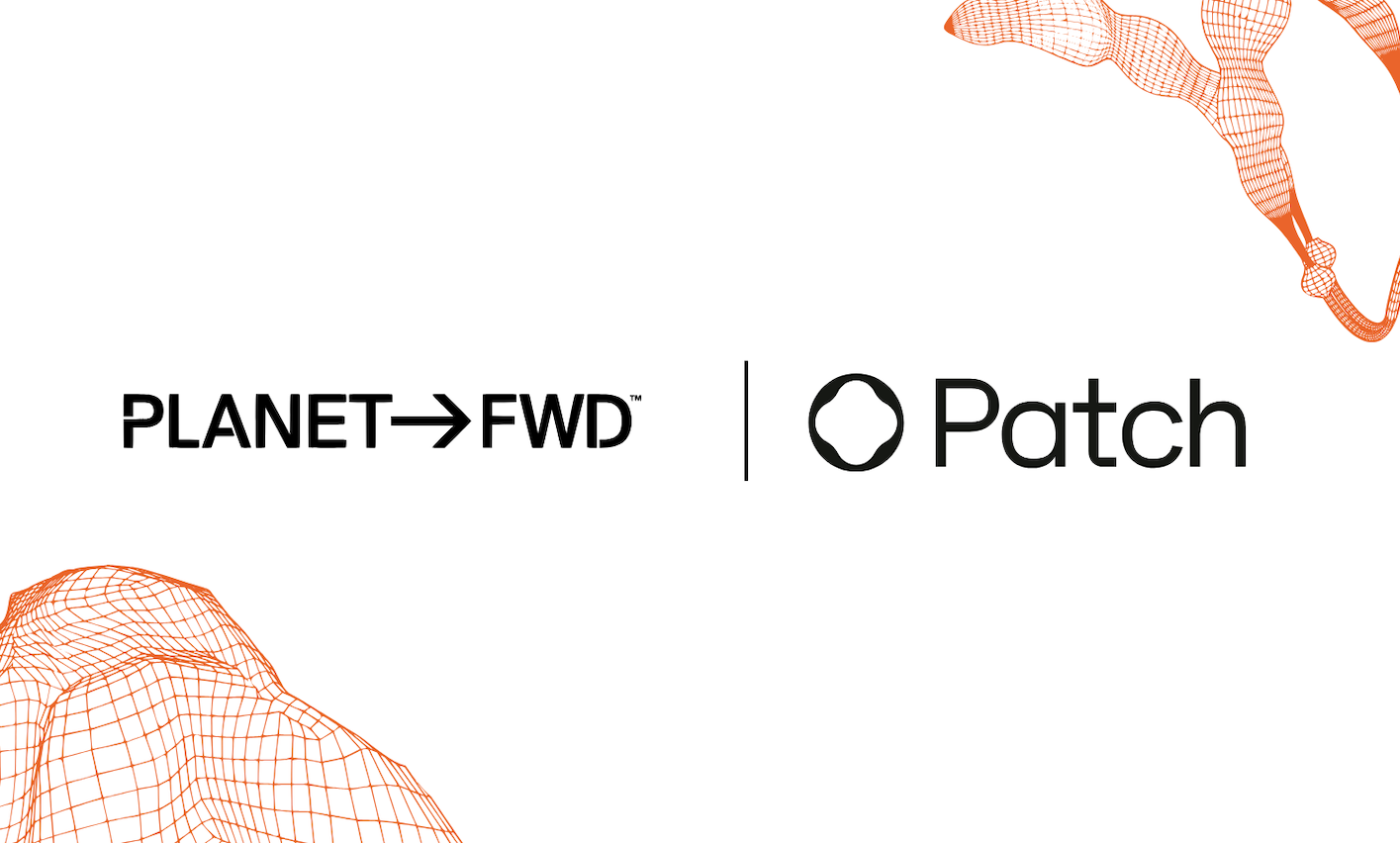SBTi Offset Rule Changes: What to Know
Learn what SBTi’s new offset criteria mean for your business and how to evolve your science-based decarbonization strategy.

If you follow industry news, you may know that Science Based Targets initiative (SBTi) is revisiting its stance on the use of carbon offsets, especially for long-term and net-zero targets. Historically, carbon offsets were not permitted for short-term targets, and this restriction remains unchanged. However, SBTi is currently reviewing its criteria for long-term targets and net-zero goals.
Where are we today and what’s under consideration?
Presently, companies can offset up to 10% of their scope 3 value chain emissions using environmental attribute certificates or carbon offsets. This policy is under review, and it’s possible that the criteria might expand to allow greater use of offsets.
This potential change could significantly impact corporate strategies around decarbonization. The current stringent criteria aim to prevent companies from merely buying their way out of reducing their carbon emissions, thus ensuring genuine reductions in their value chains. This is crucial because relying solely on offsets without making actual operational changes will not achieve the environmental goals needed to combat climate change.
However, there's evidence suggesting that companies investing in carbon offsets, particularly nature-based solutions, have seen quicker reductions in their own operations and value chains compared to their peers. Tying a financial cost to pollution through offsets creates a business incentive to reduce emissions and thereby lower the need to purchase offsets. This can help align sustainability goals with business objectives, fostering a more comprehensive approach to decarbonization.
While it’s essential to hold companies accountable for reducing their own emissions, supporting external decarbonization initiatives, such as nature-based solutions, is also critical to mitigating climate change's worst impacts.
So, what should companies do in light of these updates and when can we expect to know more?
There’s no need for immediate changes to your strategy, as SBTi has not yet revised its criteria. However, it’s crucial to stay proactive and informed until any official changes are announced by SBTi.
Below is the estimated timeline for SBTi for its planned revision to Corporate Net-Zero Standard.

What can we expect to see updated?
By the end of this year, we can expect a draft that’s open for public comment.
As outlined on SBTi’s website, the “four key goals for the review of the Corporate Net-Zero Standard:
1) to align with the latest scientific thinking and best practice, such as from the IPCC and the UN Secretary General’s High Level Expert Group on the net zero emissions commitments of non-state entities (HLEG),
2) to address challenges related to scope 3 target setting and implementation,
3) to integrate continuous improvement and target delivery, and
4) to improve structure and enhance interoperability with other SBTi standards as well as other relevant external frameworks and standards.”
The potential revision of SBTi’s criteria underscores the dynamic nature of corporate decarbonization efforts and the need to mindfully update guidelines as our understanding of target setting and the climate crisis evolve.
Balancing internal emission reductions with strategic use of carbon offsets could be a viable path forward, fostering both environmental and business benefits. While no immediate action is required, we recommend you stay tuned for more updates and keep your strategies flexible to adapt to any future changes in the SBTi guidelines.
To keep up to date with the latest SBTi updates, subscribe to the Planet FWD newsletter.
For a more personalized discussion on how these potential changes might impact your company’s strategy, feel free to reach out to Planet FWD.
Head of marketing
Lorem ipsum dolor sit amet, consectetur adipiscing elit. Consectetur, adipiscing elit, sed do eiusmod tempor incididunt ut lab. Lorem ipsum dolor sit amet, consectetur adipiscing elit. Lorem ipsum dolor sit amet, consectetur adipiscing elit.
This is an example blog post style
Lorem ipsum dolor sit amet, consectetur adipiscing elit, sed do eiusmod tempor incididunt ut labore et dolore magna aliqua. Sed vulputate odio ut enim. Volutpat sed cras ornare arcu dui. Lorem dolor sed viverra ipsum. Luctus accumsan tortor posuere ac ut consequat semper. Viverra justo nec ultrices dui sapien eget mi proin. Mollis nunc sed id semper risus in hendrerit gravida rutrum. Lacinia quis vel eros donec. Nisi vitae suscipit tellus mauris a diam. Ac orci phasellus egestas tellus rutrum tellus pellentesque eu tincidunt. Morbi quis commodo odio aenean sed adipiscing diam. Urna duis convallis convallis tellus id interdum. Tortor vitae purus faucibus ornare suspendisse sed. Vehicula ipsum a arcu cursus vitae congue. Enim sed faucibus turpis in. Orci eu lobortis elementum nibh tellus molestie nunc non blandit.
Nunc id cursus metus aliquam eleifend mi in. A erat nam at lectus urna duis convallis convallis. Tristique senectus et netus et malesuada fames ac. Id interdum velit laoreet id donec. Egestas dui id ornare arcu odio. Gravida rutrum quisque non tellus orci ac auctor. Malesuada fames ac turpis egestas maecenas pharetra convallis. Ut diam quam nulla porttitor. Eget nunc lobortis mattis aliquam faucibus purus. Aenean sed adipiscing diam donec adipiscing tristique risus nec. Nisi est sit amet facilisis magna etiam tempor orci eu. Tortor posuere ac ut consequat.
“Lorem ipsum dolor sit amet, consectetur adipiscing elit”
<span class="blockquote-wrap">
<strong>Naomi</strong>
Head of marketing
</span>

This is an example blog post style
Lorem ipsum dolor sit amet, consectetur adipiscing elit, sed do eiusmod tempor incididunt ut labore et dolore magna aliqua. Sed vulputate odio ut enim. Volutpat sed cras ornare arcu dui. Lorem dolor sed viverra ipsum. Luctus accumsan tortor posuere ac ut consequat semper. Viverra justo nec ultrices dui sapien eget mi proin. Mollis nunc sed id semper risus in hendrerit gravida rutrum. Lacinia quis vel eros donec. Nisi vitae suscipit tellus mauris a diam. Ac orci phasellus egestas tellus rutrum tellus pellentesque eu tincidunt. Morbi quis commodo odio aenean sed adipiscing diam. Urna duis convallis convallis tellus id interdum. Tortor vitae purus faucibus ornare suspendisse sed. Vehicula ipsum a arcu cursus vitae congue. Enim sed faucibus turpis in. Orci eu lobortis elementum nibh tellus molestie nunc non blandit.
<span class="rtb-protip">
<span class="rtb-protip-title"></span>
<span class="rtb-protip-body">Lorem ipsum dolor sit amet, consectetur adipiscing elit, sed do eiusmod tempor incididunt ut labore et dolore magna aliqua. Ut enim ad minim.</span></span>
How to customize formatting for each rich text
- Lorem ipsum dolor sit amet, consectetur adipiscing elit sed do eiusmod
- Lorem ipsum dolor sit amet, consectetur adipiscing elit sed do eiusmod
- Lorem ipsum dolor sit amet, consectetur adipiscing elit sed do eiusmod
- Lorem ipsum dolor sit amet, consectetur adipiscing elit sed do eiusmod
Headings, paragraphs, blockquotes, figures, images, and figure captions can all be styled after a class is added to the rich text element using the "When inside of" nested selector system.
Static and dynamic content editing
A rich text element can be used with static or dynamic content. For static content, just drop it into any page and begin editing. For dynamic content, add a rich text field to any collection and then connect a rich text element to that field in the settings panel. Voila!
- Lorem ipsum dolor sit amet, consectetur adipiscing elit sed do eiusmod
- For static content, just drop it into any page and begin editing. For static content, just drop it into any page and begin editing.
- Lorem ipsum dolor sit amet, consectetur adipiscing
How to customize formatting for each heading
Headings, paragraphs, blockquotes, figures, images, and figure captions can all be styled after a class is added to the rich text element using the "When inside of" nested selector system.



